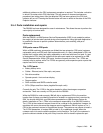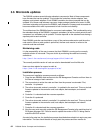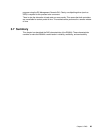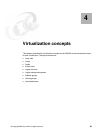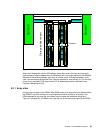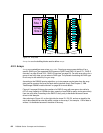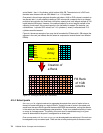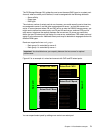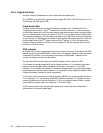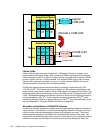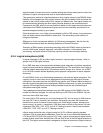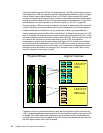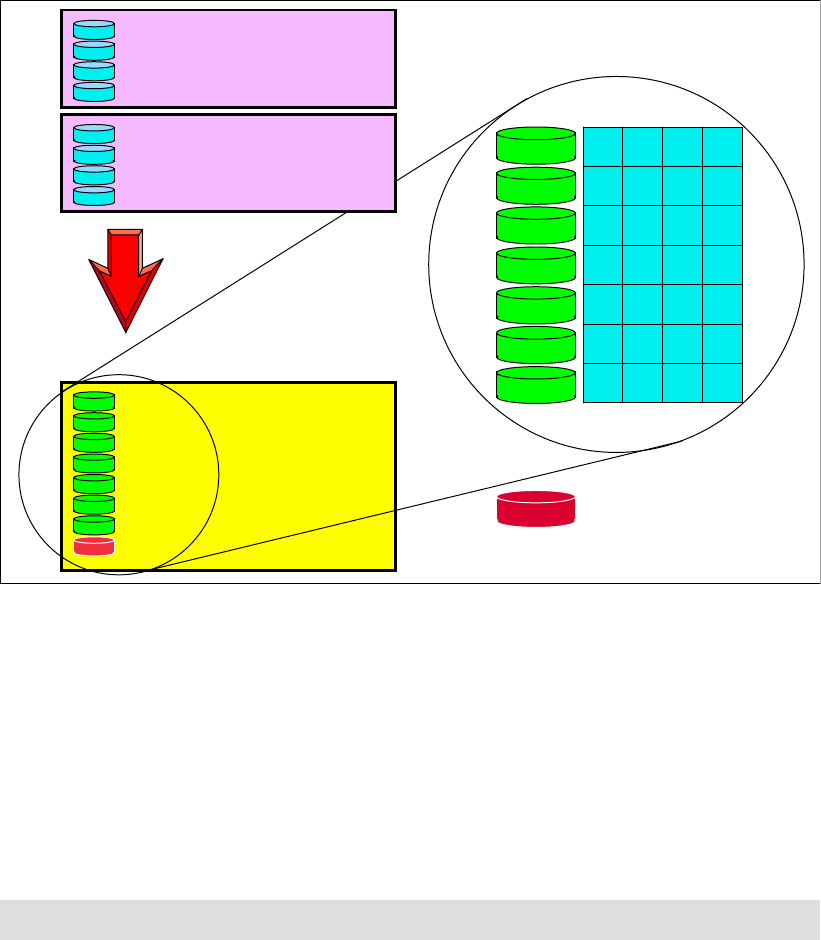
Chapter 4. Virtualization concepts 69
Figure 4-3 Creation of an array
So, an array is formed using one or two array sites, and while the array could be accessed by
each adapter of the device adapter pair, it is managed by one device adapter. Which adapter
and which server manages this array is defined later in the configuration path.
4.2.3 Ranks
In the DS6000 virtualization hierarchy there is another logical construct, a rank.
When you define a new rank, its name is chosen by the DS Storage Manager, for example:
R1, R2, or R3, and so on. You have to add an array to a rank.
The available space on each rank is divided into
extents. The extents are the building blocks
of the logical volumes. An extent is striped across all disks of an array as shown in Figure 4-4
on page 70 and indicated by the small squares in Figure 4-5 on page 71.
The process of forming a rank does two things:
The array is defined for either fixed block (open systems) or CKD (zSeries) data. This
determines the size of the set of data contained on one disk within a stripe on the array.
The capacity of the array is subdivided into equal sized partitions, called
extents. The
extent size depends on the
extent type, FB or CKD.
An FB rank has an extent size of 1 GB (where 1 GB equals 2
30
bytes).
People who work in the zSeries environment do not deal with gigabytes but think of storage in
metrics of the old 3390 volume sizes. A 3390 Model 3 is three times the size of a Model 1,
Array Site 1
RAID
Array
Spare
Data
Data
Data
Data
Data
Data
Parity
Creation of
an array
D1 D7 D13 ...
D2 D8 D14 ...
D3 D9 D15 ...
D4 D10 D16 ...
D5 D11 P ...
D6 P D17 ...
P D12 D18 ...
Array Site 2
Spare
Note: In the current DS6000 implementation, a rank is built using just one array.



